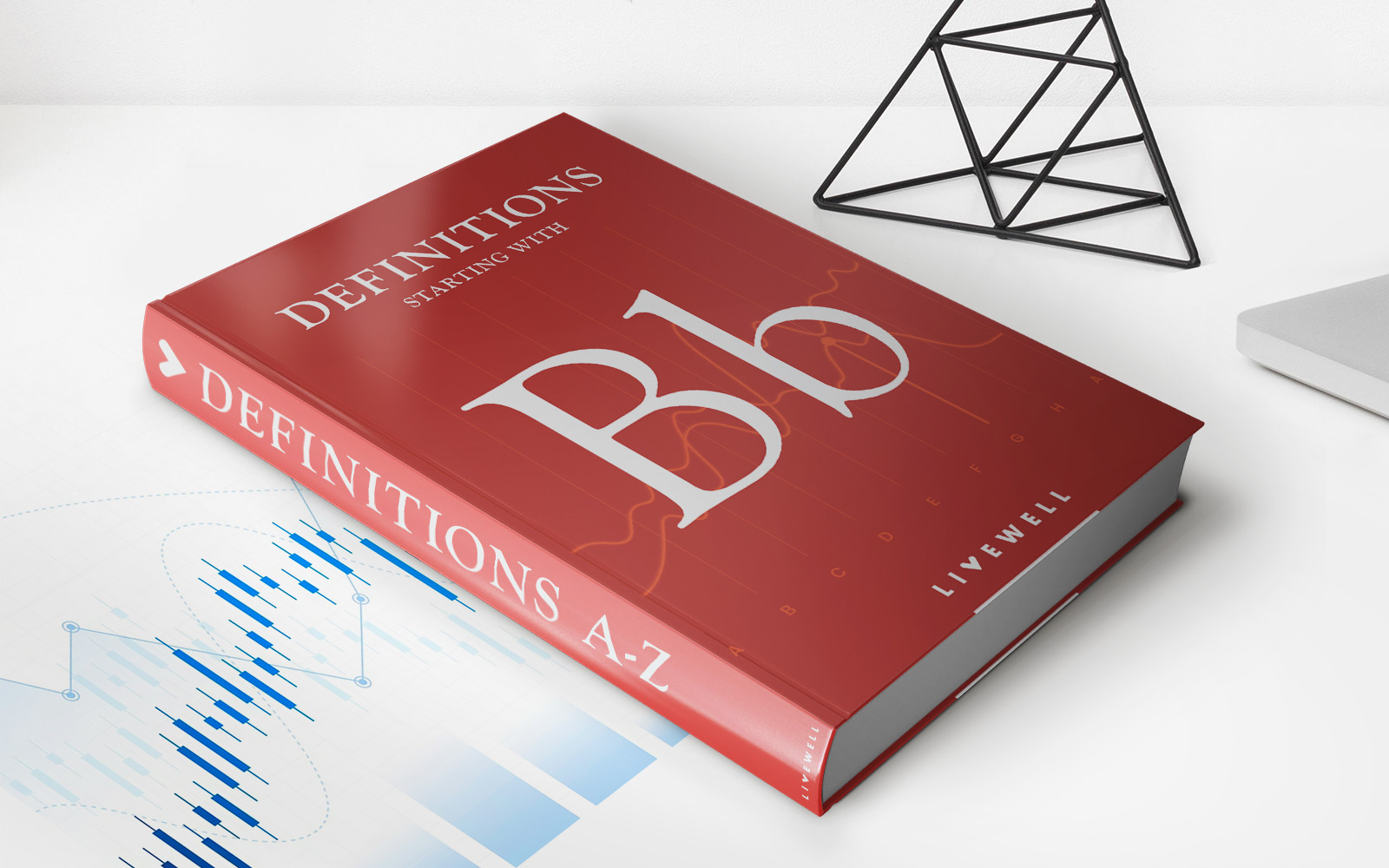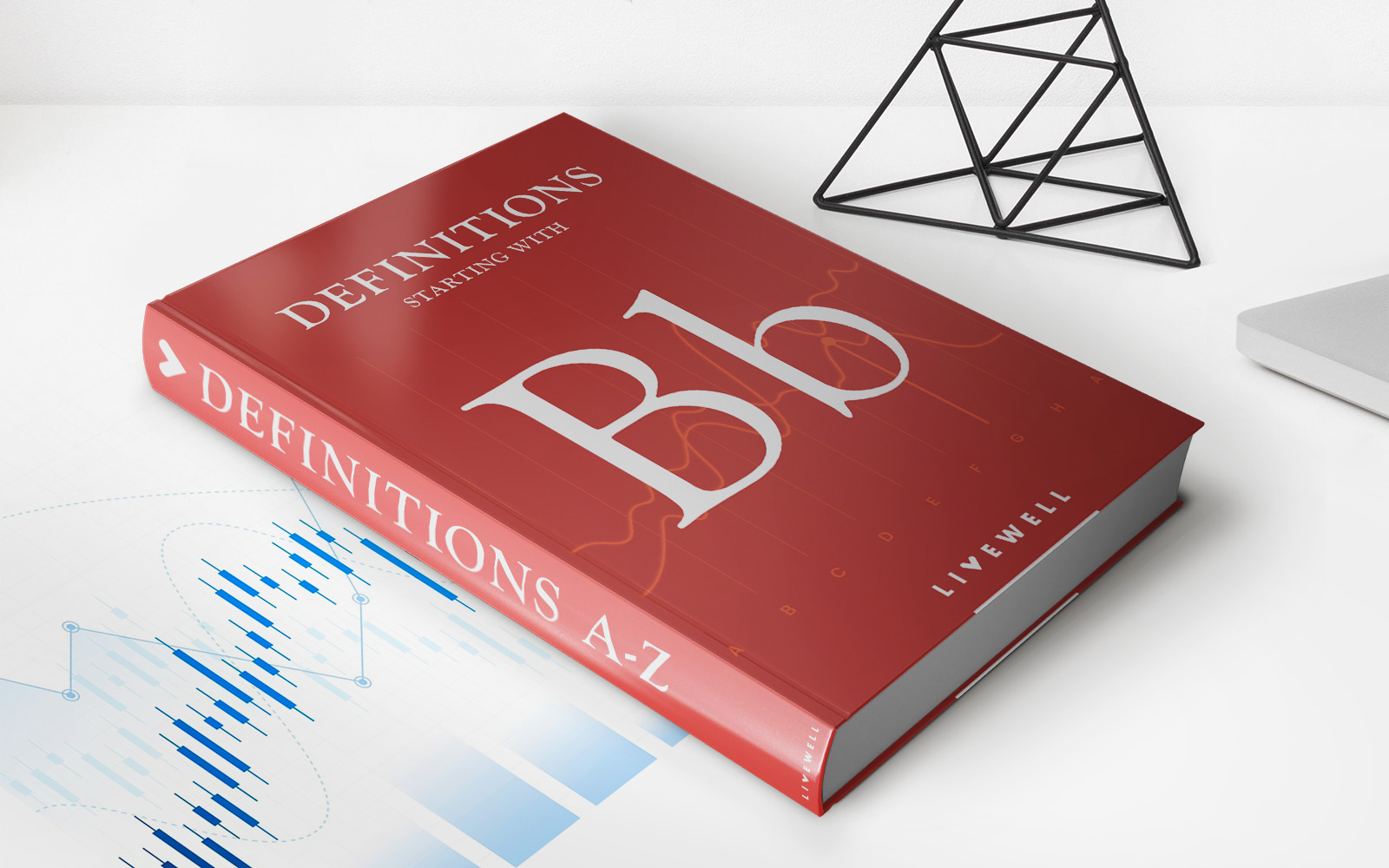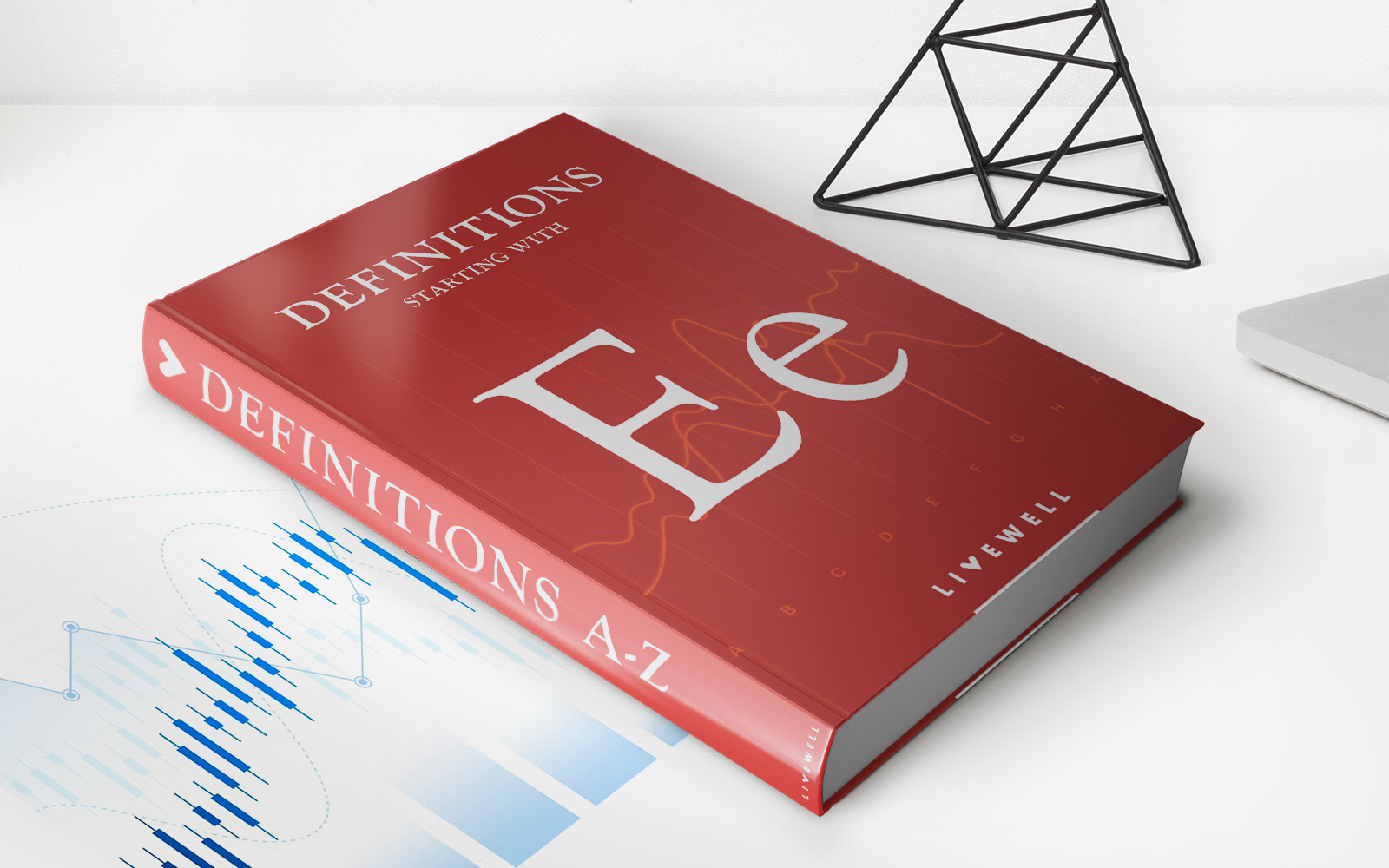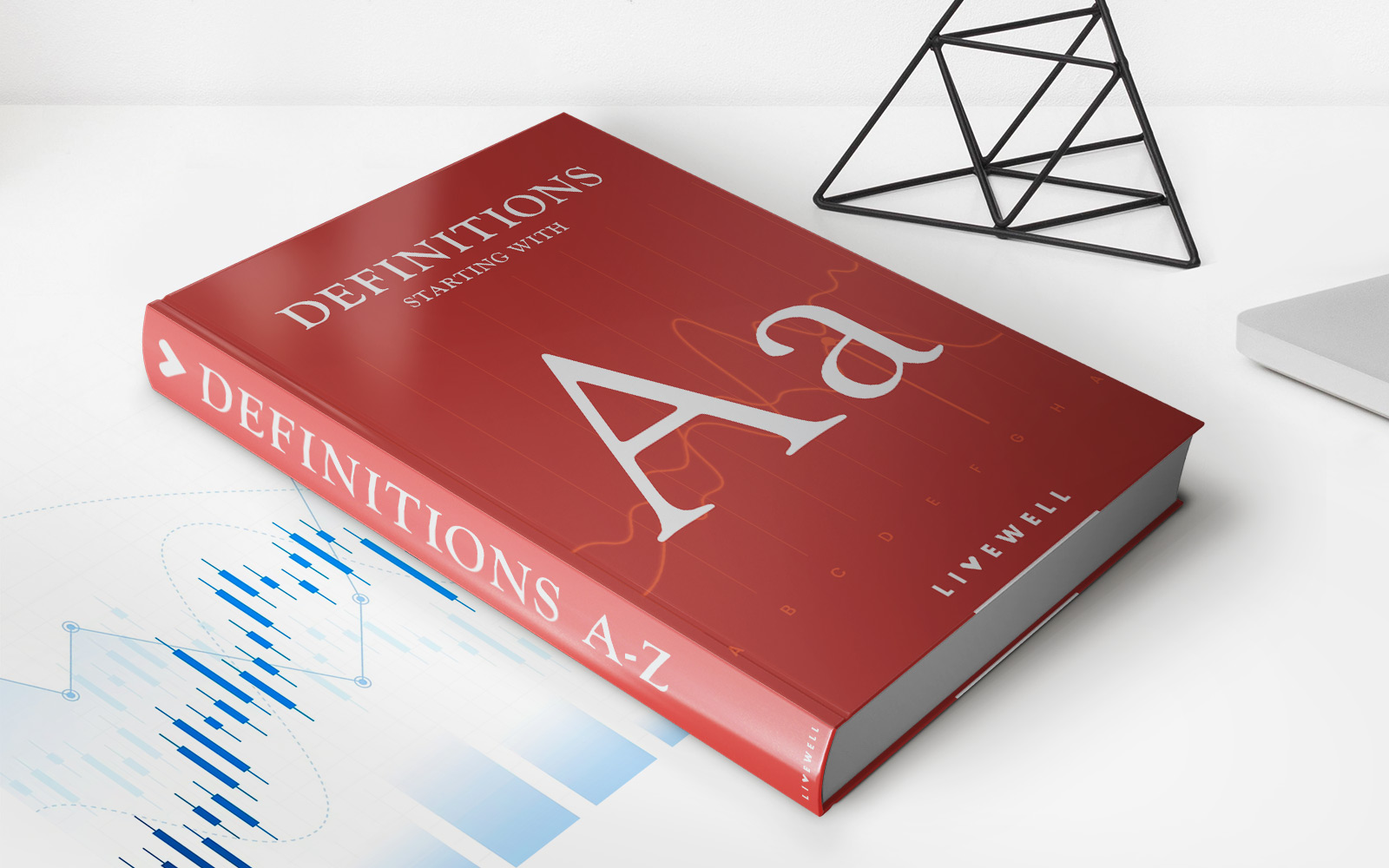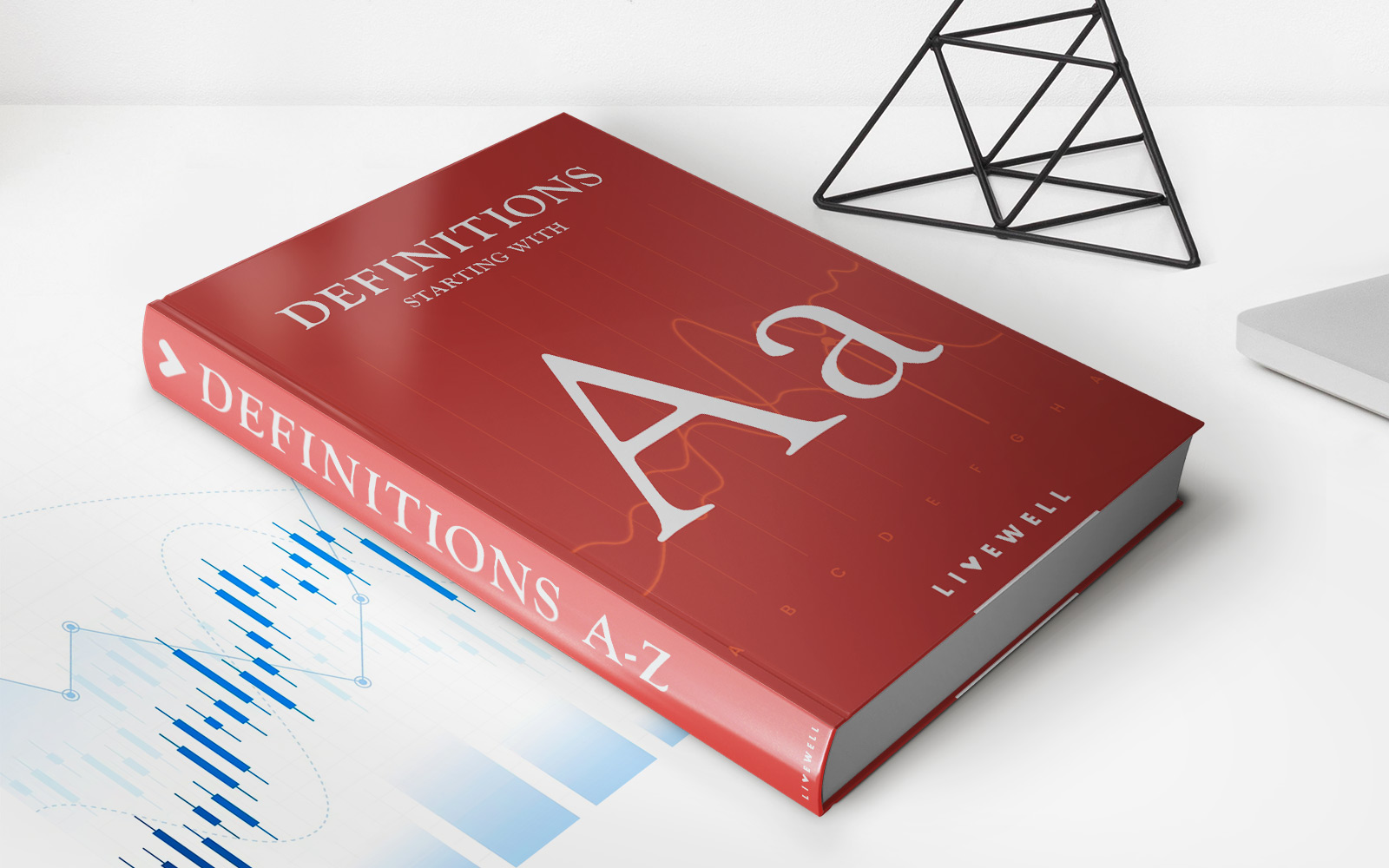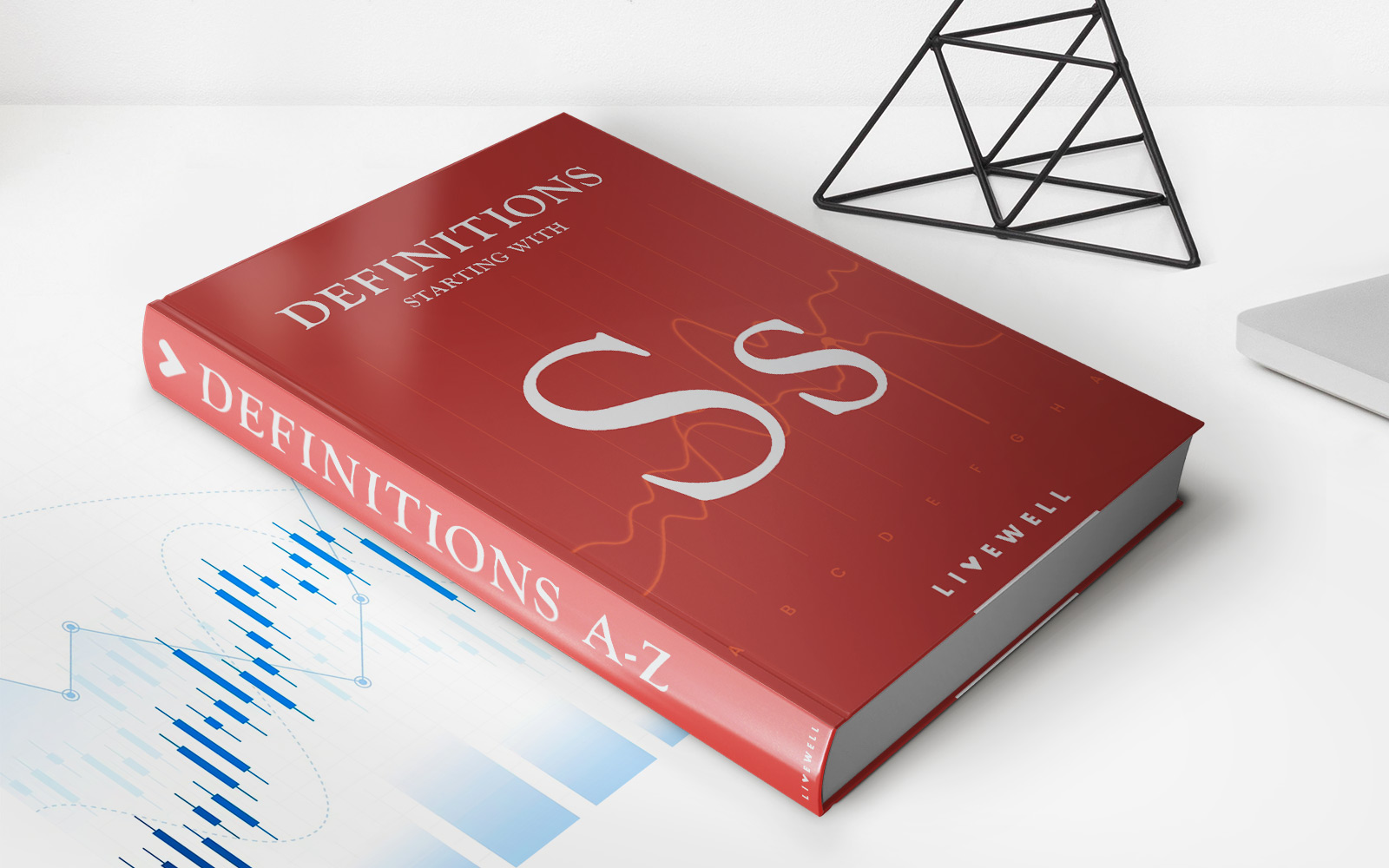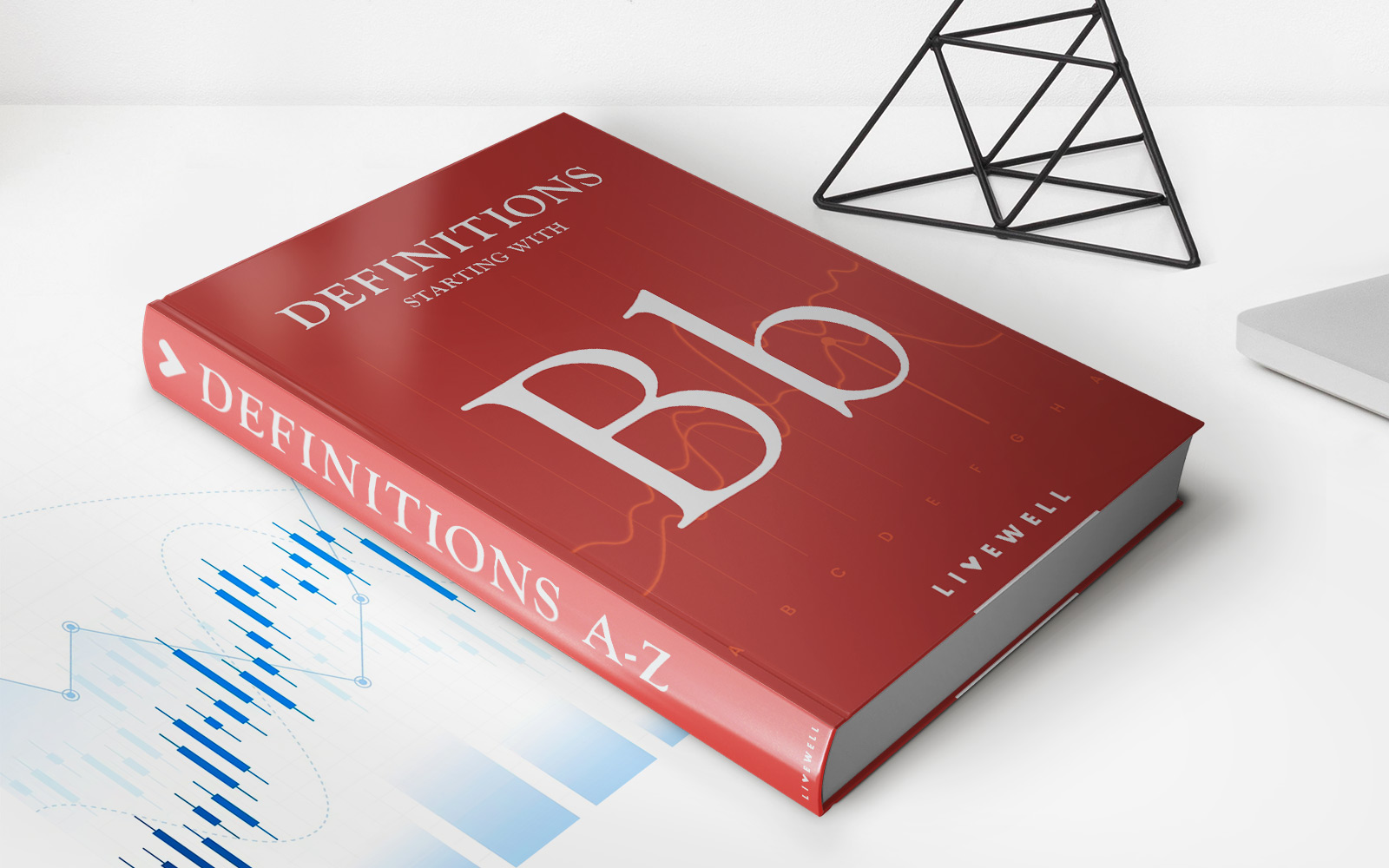Home>Finance>Allowance For Bad Debt: Definition And Recording Methods
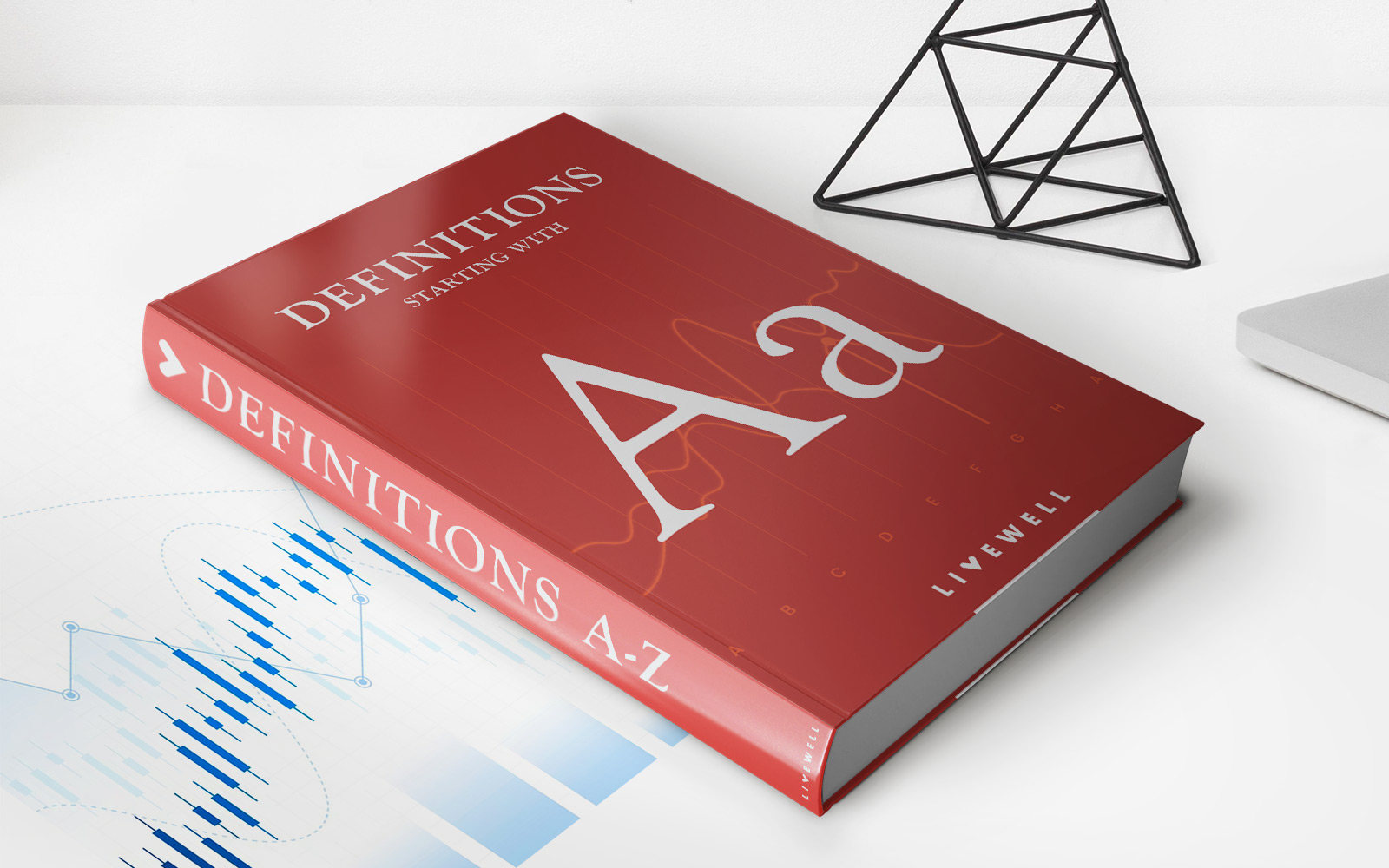

Finance
Allowance For Bad Debt: Definition And Recording Methods
Modified: October 11, 2023
Learn about the finance concept of allowance for bad debt, including its definition and different methods for recording bad debt.
(Many of the links in this article redirect to a specific reviewed product. Your purchase of these products through affiliate links helps to generate commission for LiveWell, at no extra cost. Learn more)
Understanding Allowance for Bad Debt: Definition and Recording Methods
As an expert in SEO and finance, I am here to explain what the Allowance for Bad Debt is and how it is recorded. Understanding this concept is crucial for businesses of all sizes, as it directly impacts their financial statements and profitability. So, let’s dive right in and demystify the world of bad debt allowances.
Key Takeaways:
- The Allowance for Bad Debt is a financial provision made by businesses to anticipate possible losses from unpaid debts.
- There are two primary methods used to record the Allowance for Bad Debt: the Direct Write-Off Method and the Allowance Method.
What is Allowance for Bad Debt?
Allowance for Bad Debt, also known as the Bad Debt Reserve or Provision for Doubtful Accounts, is an accounting term used to represent the amount of money a business expects to lose from customers who are unable or unwilling to pay their debts.
To put it simply, the Allowance for Bad Debt is a precautionary measure that businesses take to account for potential losses from bad debts. By estimating and recording these losses in their financial statements, businesses can present a more accurate picture of their financial health.
Now, you might be wondering, “Why not just wait until the debts go bad before recording them?” Well, the answer lies in the principles of financial conservatism and transparency. Recording the potential losses upfront helps businesses make better-informed decisions, demonstrates prudence to stakeholders, and reduces the chances of overestimating their profitability.
Recording Methods for Allowance for Bad Debt
Now that we understand the importance of the Allowance for Bad Debt, let’s explore the two common methods used to record it.
1. Direct Write-Off Method
The Direct Write-Off Method is the simplest method to record bad debts. Under this approach, the business waits until it is certain that a specific customer will not be able to pay the outstanding debts. At that point, the business directly writes off the amount as a bad debt expense.
2. Allowance Method
The Allowance Method is a more conservative and widely used approach. With this method, the business estimates the amount of potential bad debts and establishes an Allowance for Bad Debt account. The estimated amount is based on historical data, industry trends, customer creditworthiness, and other relevant factors.
Once the Allowance for Bad Debt account is established, the business records an adjusting entry to match the estimated amount of bad debts. This amount reduces the accounts receivable and offsets the potential losses from bad debts on the financial statements.
As time goes on, and actual bad debts occur, the business adjusts their records by debiting the Allowance for Bad Debt account and crediting the accounts receivable account, thus reflecting the actual losses suffered.
Conclusion
In conclusion, the Allowance for Bad Debt is a vital component of a business’s financial health assessment. By estimating potential losses from bad debts and recording them upfront, businesses can present a more accurate portrayal of their financial standing.
Remember, there are two primary methods used to record the Allowance for Bad Debt: the Direct Write-Off Method and the Allowance Method. While the Direct Write-Off Method is simpler, the Allowance Method is more conservative and widely adopted.
So, the next time you come across the term “Allowance for Bad Debt,” you’ll have a clearer understanding of what it means and how it impacts a business’s financial records.
